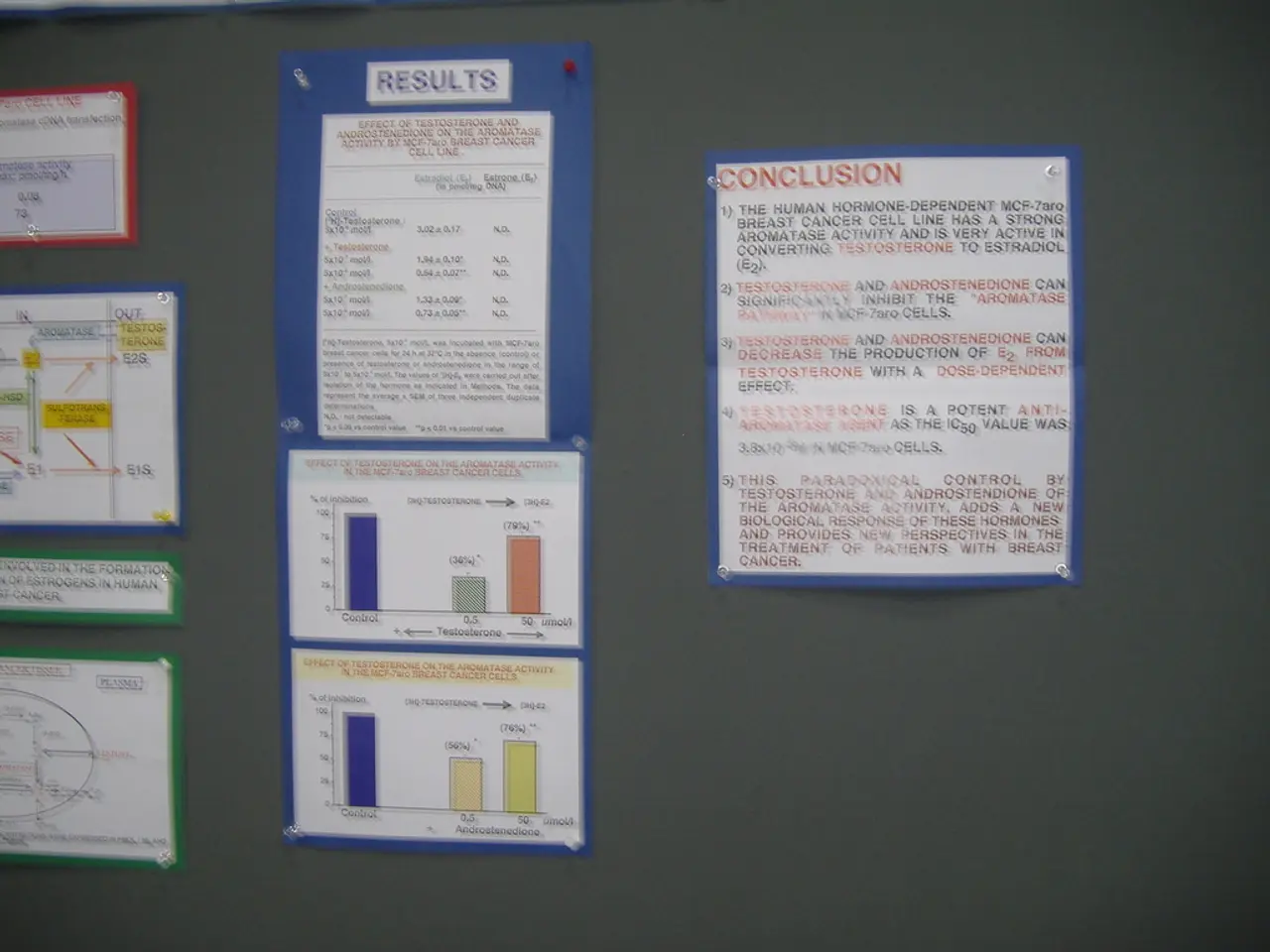Private sector employment decreased by 33,000 positions in June, in contrast to predictions of a job growth of 115,000.
The upcoming Department of Labor's June employment report, set to be released on Thursday, is anticipated to show a slower pace of job growth compared to May. Economists forecast that nonfarm payroll employment will increase by approximately 110,000 to 115,000 jobs, a decrease from the 139,000 initially estimated for May.
This slowdown in job growth reflects a number of economic headwinds, including policy shifts, trade uncertainties, and a hesitancy to hire. Nela Richardson, chief economist for ADP, noted that though layoffs continue to be rare, a reluctance to hire and a reluctance to replace departing workers led to job losses in June.
The federal government has been affected by this trend, with the BLS data showing that the federal government has lost a combined 56,000 jobs through May. Despite this, it accounts for a tiny share (1.8%) of overall employment.
The unemployment rate is also expected to rise slightly, with a forecast of 4.3%, reaching its highest level since October 2021. This increase could be influenced by recent efforts to curtail unauthorized immigration, which are contributing to a shrinking of the labor force.
Hourly earnings are projected to grow by about 0.3%, a slight deceleration from the 0.4% increase recorded in May. However, economists urge caution in interpreting the recent ADP jobs report suggesting a contraction in private sector jobs, as the Department of Labor's numbers typically show a more resilient labor market.
Additional factors likely influencing the June report include the impact of government policy changes, such as the removal of Temporary Protected Status (TPS) for hundreds of thousands of workers, which could reduce payrolls by an estimated 5,000 to 25,000 jobs. Uncertainty surrounding tariffs and trade policies has also caused business hiring and expansion plans to slow, further dampening job growth.
Overall, the June employment report is expected to confirm a modest but noticeable cooling of the job market, reflecting economic headwinds, but not a sharp downturn. However, Elizabeth Renter, senior economist at NerdWallet, cautioned that the weakness in the labor market could feed on itself and make it more vulnerable to shocks.
Sources: [1] CNBC, "ADP jobs report: US private sector lost 33,000 jobs in June, ADP says," 6 July 2023. [2] Bloomberg, "ADP Jobs Report Misses Estimates, Suggesting Weakness in Private Sector," 6 July 2023. [3] Reuters, "U.S. job growth expected to slow in June as layoffs mount," 6 July 2023. [4] MarketWatch, "What to expect from the June jobs report," 6 July 2023.
The slowdown in job growth might be attributed to various economic factors, including policy shifts, trade uncertainties, and business hesitancy in hiring, which could have implications for the finance sector. The federal government, too, has seen job losses, with the BLS data showing a decrease of 56,000 jobs through May.
The looming trade policies and tariff uncertainties are posing challenges for businesses, causing them to reconsider their hiring and expansion plans, thus impacting the overall business environment. This factors into the anticipated slower job growth, as indicated by the upcoming Department of Labor's June employment report.




